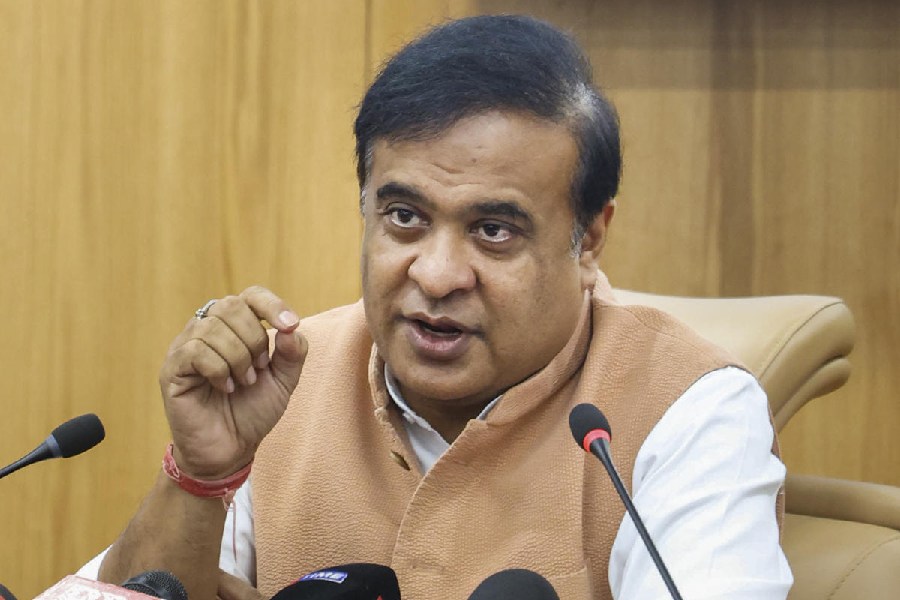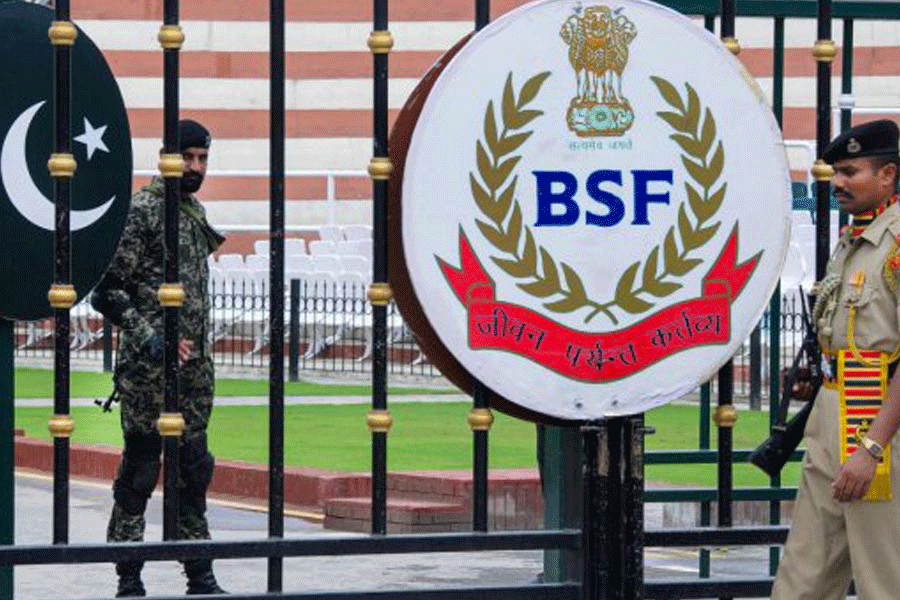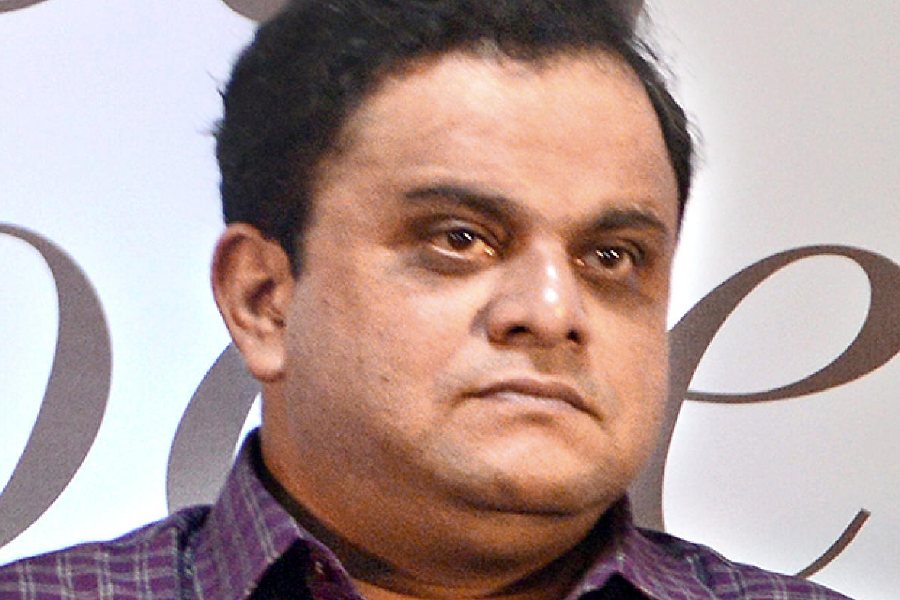 |
 |
| The Tata Motors section at the Auto Expo with the Silhouette in the foreground and Jagdish Khattar, managing director of Maruti Udyog Limited at the show |
Let’s talk numbers! Consider over 1,000 participants, 22 countries, 300 companies and an area of 70,000 sq m. That was the recently concluded Auto Expo for you! Touted as the largest automotive show in Asia, the event takes place every two years and is jointly supported and organised by the Confederation of Indian Industry, the Auto Component Manufacturer’s Association and India’s premier automotive manufacturer’s body, the Society of Indian Automobile Manufacturers (SIAM).
According to statistics, India is the fourth largest car manufacturer in Asia and the world’s fifth-largest manufacturer of commercial vehicles. The Expo in Delhi featured cars including SUVs, two-wheelers, commercial vehicles, design and technology as well as an emphasis on alternate fuel technology. What we were most interested in was the presence of the car manufacturers and the new (and old) products.
Unfortunately the Expo didn’t have 100 per cent representation from manufacturers this time around ? DaimlerChrysler was absent as were Hyundai, Toyota and General Motors. However, there was more than enough happening for one to ponder upon the reason for their non-participation ? cost. Apparently, it costs less to participate in the prestigious Geneva Motor Show than in the Auto Expo. However, judging from the crowds pouring into Pragati Maidan every day, it didn’t really matter. There were enough bigwigs present ? Maruti Udyog had a hall to itself as did Tata Motors. And so what if Mercedes-Benz was not present ? there was ample representation from Europe, thanks to Skoda, Audi and Volkswagen.
The big news of the show was that Ratan Tata of Tata Motors and Sergio Marchionne of the Fiat Group announced a tie-up, whereby the beleaguered Italian company will use the Tata Motors distribution network to sell Fiat cars while Tata gets access to the European market. Consequently, the Tata Motors hall had the usual Indicas but these were joined by some exciting Fiat products like the new Punto Grande, the Palio, and the exciting Alfa Romeo 8C Competizione.
The last of these is not scheduled for India right now, but may come should Tata and Fiat feel the time is right. The offerings from Tata included the X-over concept, and a long wheelbase Indigo that resembles what would happen if a normal Indigo is held by its ends and pulled apart ? the increased rear cabin space should see it being lapped up by the taxi trade. At the Expo there were two engine options, a 100bhp petrol and a 70bhp diesel for the stretch Indigo. The other exciting Tata product was the Silhouette concept ? a racing car in the mould of a German DTM (Deutsche Touring Meisterschaft) racer with a 3.5-litre V6 engine mounted in the middle of the car, behind the seats.
Maruti Udyog on its part chose to focus on interactive participation with visitors through driving simulators and a studio where people could design their own car. Besides the current range, the Escudo SUV was one of three new products on show. There was also the Solio and a Wagon R+ designed to cater to handicapped people. There was also a 125bhp, 1.6-litre version of the Swift, but the crowds were drawn to the motorsport section of the hall, featuring the Junior WRC Swift, a rally-prepared Baleno, a Formula Maruti racer and a Formula Suzuki car with the Hayabusa motorcycle engine.
As far as eye candy goes, Ford India had its products on display but it was the Mustang 4.6 GT and a Fiesta, ruined by a hideous customisation job, that drew the crowds. Ford’s former partners Mahindra & Mahindra showcased a slew of cars, from a hybrid Scorpio and a hydrogen-engined Alfa three-wheeler to concepts like the CEO, aimed at executives who need an office on wheels. Then there was the youth-oriented Lifestyle, the Bolero Commando and the Techno, which featured a tyre pressure monitoring system and window glass that’s transparent when the power is on but opaque when the power is off. The hybrid Scorpio concept features a common rail diesel engine and an electric motor thus increasing its range.
The German contenders at the Expo each had interesting products on show. Skoda had the Yeti concept and the Laura RS as also a diesel Fabia. Audi had the A6 and A8 along with the A4, which was launched at the event. Volkswagen also made its entry into India with the Touareg estate, the Multivan and the Phaeton.
The Japanese were very much in the reckoning too and while Toyota didn’t participate, Honda showcased a BAR Honda F1 racing car and previewed the Civic. It also showed off the Insight, the first petrol-electric hybrid technology car in 1999 and the fuel cell powered FCX. Mitsubishi launched the 2.0-litre Lancer Cedia in two variants ? standard and sports. But the latter is a cosmetic job that gives the Cedia airdams, spoilers and sporty interiors but nothing in the performance area.
Finally, there was a very interesting product ? an MUV from a tractor manufacturer if you please! The company that makes Sonalika tractors got into a technical collaboration with Rover of UK before the UK company went down and an MUV has resulted from this. The interesting part is that it looks a lot like a Qualis and the intention to grab the taxi market is clear. But will the Rhino as it is called, match Toyota’s build quality and performance.
The Auto Expo proved once again that the Indian automotive industry is not only alive and kicking, but growing too. A country’s automotive industry is an indicator of how the economy of that country is doing. Judging from the participation in and response to the Expo, it augurs well.










